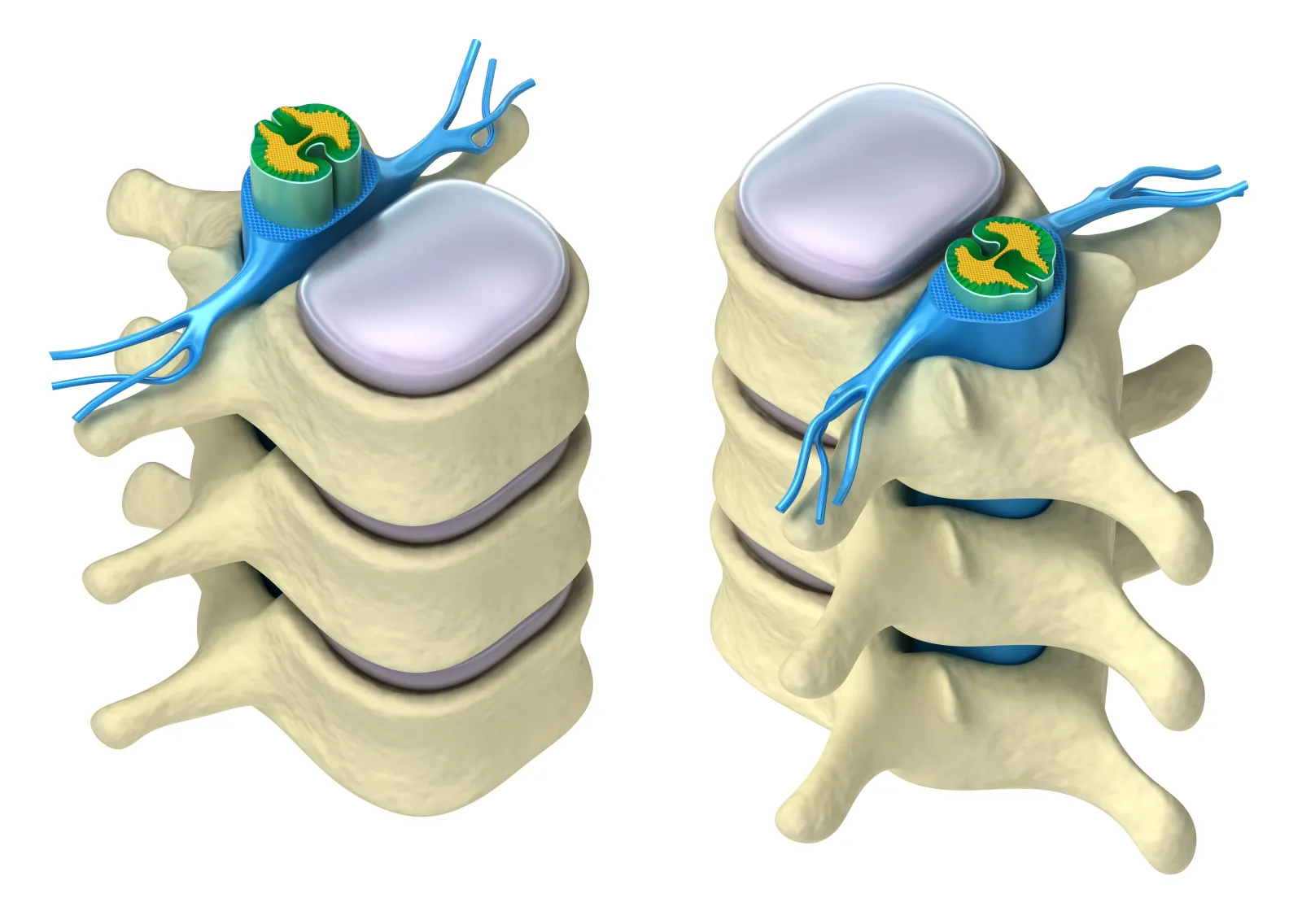
Persistent back pain can be a difficult condition to live with. The constant pain and pressure can make it difficult for a person to perform work-related tasks or even go about a simple daily routine. At Orthopaedic Specialists of Austin, our team of back specialists offers a number of treatments to relieve back pain and improve a person's functions and quality of life. While conservative treatment is always our first approach, sometimes spine surgery to address the source of back pain becomes necessary. One frequently performed type of spine surgery is a discectomy procedure, which may be offered to our Austin, TX patients who are dealing with pain associated with a herniated, slipped, or bulging disc.
Discectomy Candidates
There are many types of back pain, several different causes of back pain, and numerous other side effects that may be experienced alongside this discomfort. For effective treatment, it is important to determine the most likely cause of pain and discomfort, and then to treat it appropriately. Our spine surgeons are careful in evaluating and treating patients to ensure that treatments and procedures are only offered to those who are ideal candidates. Below are some of the symptoms that may be experienced by patients who are good candidates for a discectomy procedure:
- Nerve weakness, which may lead to trouble standing or walking
- Pain that radiates out from the back and extends to the buttocks, legs, arms, or chest
- A lodged disc fragment that is directly pressing on a nerve (often referred to as a herniated, slipped, ruptured, or bulging disc)
Even if these symptoms are present, a discectomy is likely to only be performed if other, more conservative treatments have proven ineffective in relieving discomfort and nerve weakness.
The Procedure
A discectomy is likely to be performed with the use of general anesthesia so that the patient remains comfortable and unaware throughout treatment. Our spine surgeons may perform a discectomy using an endoscopic technique, which is minimally invasive, reduces muscle and tissue damage, and cuts back on the length of the patient's hospital stay, as well as the length of recovery.
During the discectomy procedure, a small incision will be made in the back, above the area of treatment. An endoscopic instrument, which has a tiny camera attached, will be inserted through this incision so that our surgeons have a clear view of the treatment area. The goal of a discectomy procedure is to remove the bone fragment that is pressing on the nerves or spinal cord, while leaving the majority of the disc intact. Once this has been done, the incision will be closed and recovery can begin.
Results
A discectomy should be effective in relieving the symptoms of a herniated disc and restoring the quality of life to the patient. However, in order to prevent a reoccurrence of this condition, the patient may need to make small changes to his or her habits or lifestyle. This may vary from patient to patient and is something that our doctors will discuss following treatment.
Contact Us to Learn More
If you are living with back pain, there are many treatment options available that may relieve you of this discomfort. To learn more about the services offered by our team of spine doctors at Orthopaedic Specialists of Austin, contact us at your earliest convenience.
